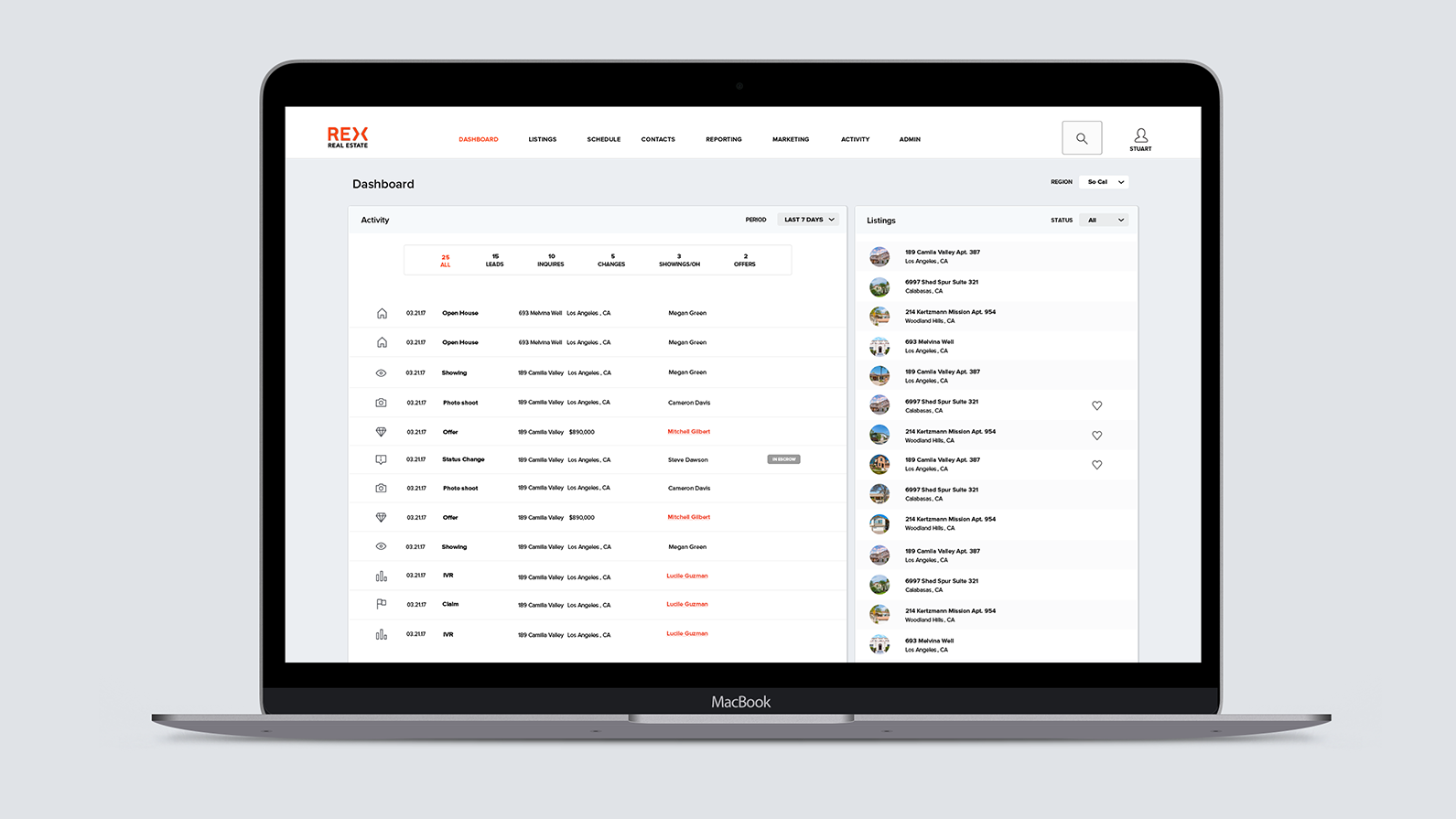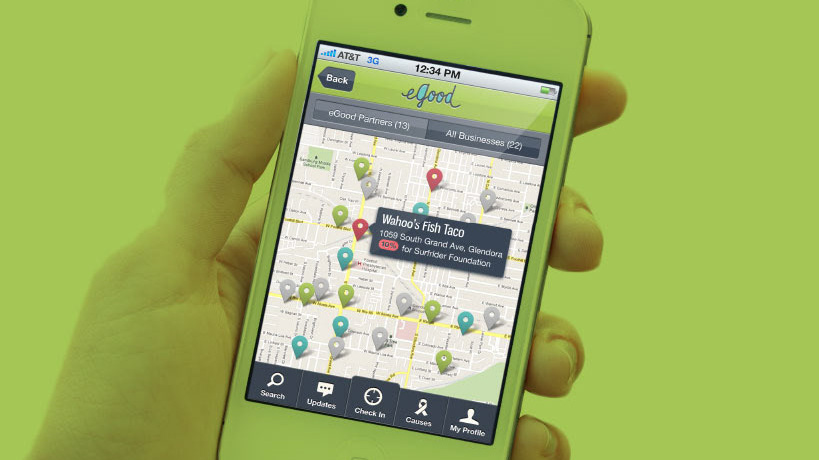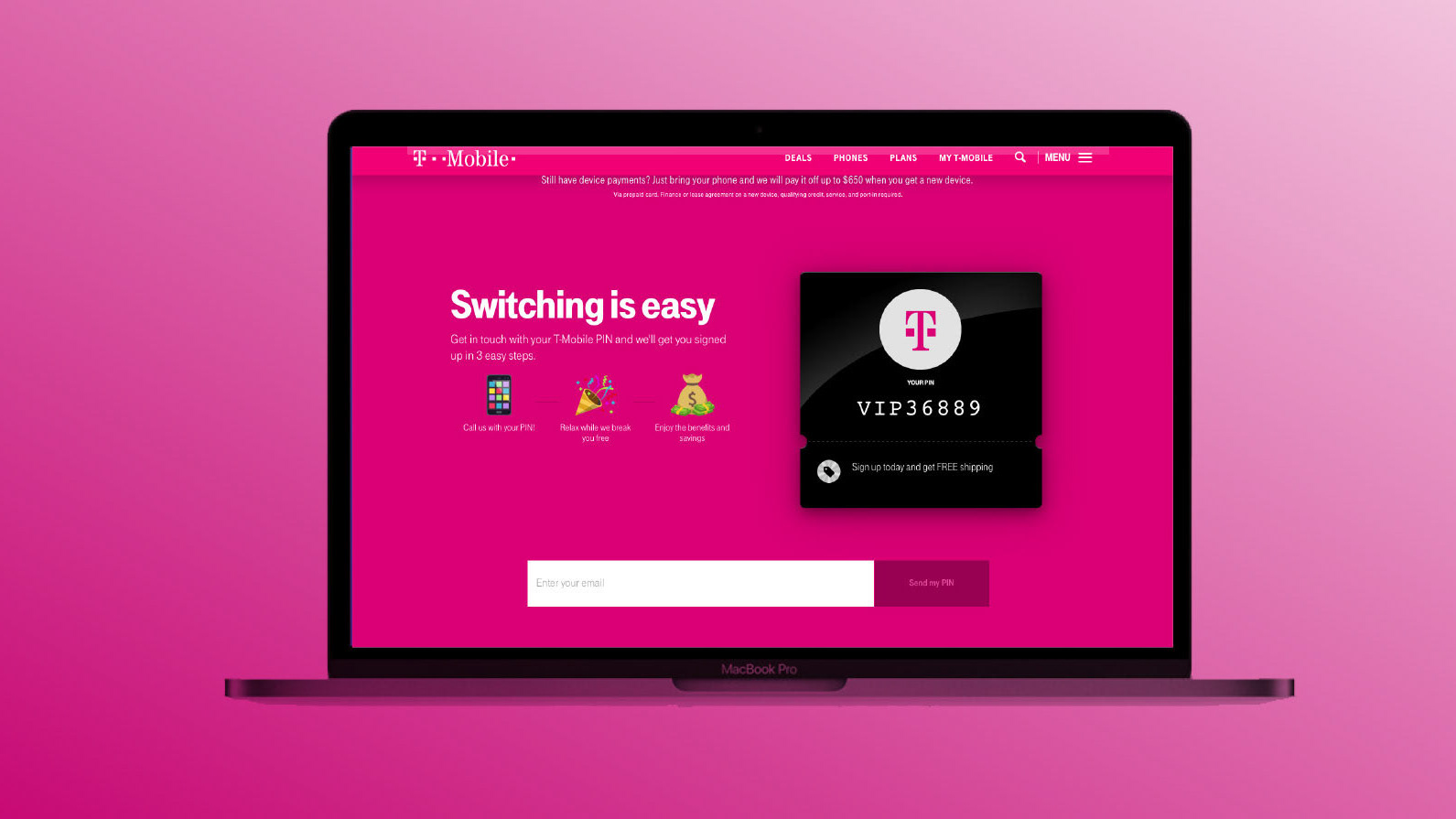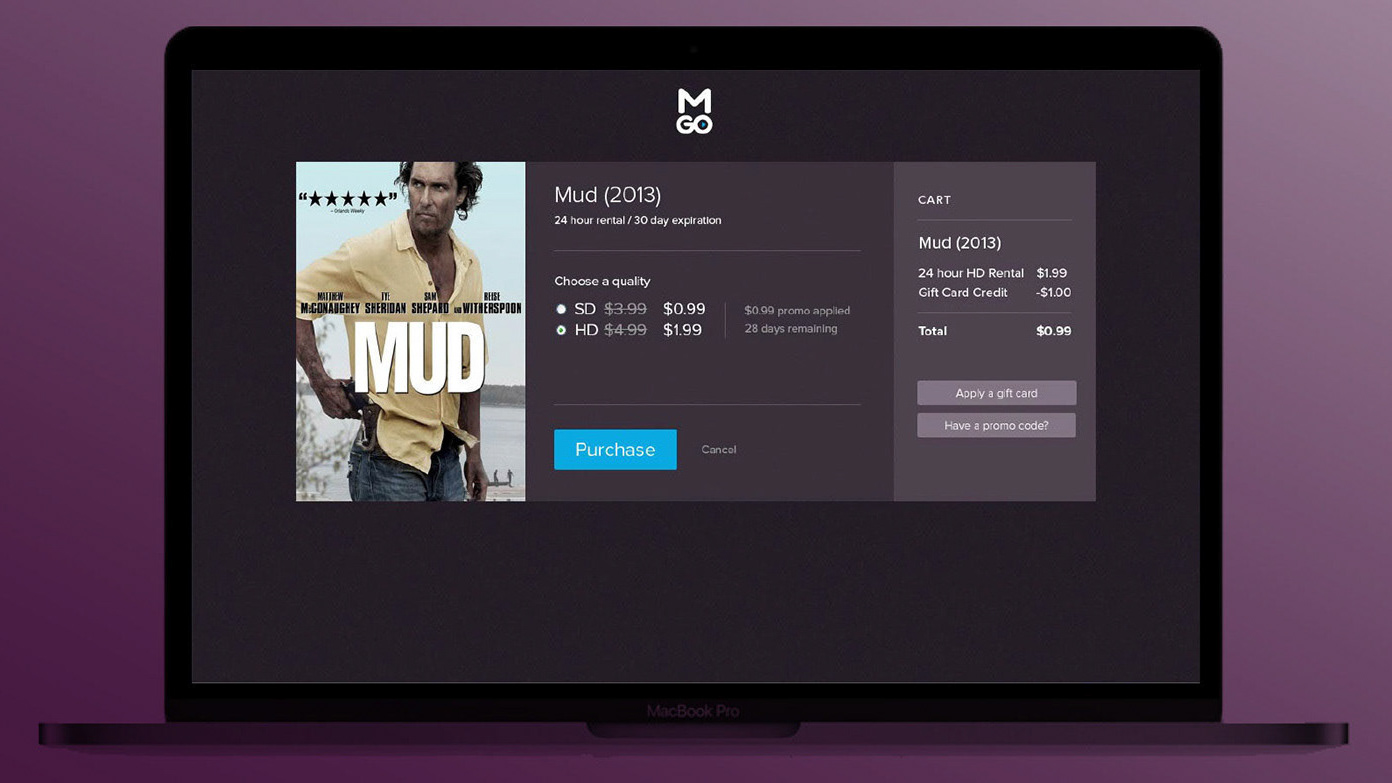How do you show homes using unlicensed customer service reps at the same time creating a best in class showing experience?
REX Real Estate needed a solution to deliver showings fast as well as scale the workforce of agents. Part of the opportunity was that buyers only need an agent at the point when they are interested. It was also very hard to hire and train licensed agents, so REX embarked on a journey to automate showings.
WHAT I DID:
Project Leadership, Feature Requirements, Usability Testing, Service Design, Information Architecture and Interaction/UI Design.
DISCOVERY
We first kicked the project off with a design sprint, with a cross functional team. While we knew that scheduling was half of the problem, we decided to work on showings. The solution created from those sessions was a”showbot,” which included Alexa app which the user could use to speak from anywhere in the home, plus a mobile app for the agents, and a kiosk. Several revisions later, and product tests later, we combined the idea and landed on app that could be deployed on any device from 10” to 40”, which starts with a primary voice reaction and allows the user to browse the UI for the rest of the information. This “showbot” was then featured in several online publications and media outlets, and the product was deployed on a prototype basis.
Design sprint photos, the result of which was tested with users in actual homes.
In the meantime, we needed a way to send confirmations to buyers and easy ways to take next steps. We found through our tests, that buyers needed an agent to immediately follow up and easy offer instructions as soon as they left the home, as that was the critical time that buyers need expert assistance. While we initially solved with an automated text, we integrated the texts with Slack to create a shortcut to building the app and test it quickly. This Slackbot allowed us to pilot the scheduling, and work out the flow for the scheduling until we needed to create a more robust UI.
Ultimately, the textbot was able to handle incoming conversations, automated showings, customer service notification for failed attempts, as well as understanding intent from the incoming text.
Slackbot for scheduling, which texted seller, buyer and agent to confirm showings.
ANALYSIS
The next step was to productionize and structure all the home data, and revise how we capture the data from the home owners. This step involved reviewing all the data homebuyers need, and structure it in a way that was understandable to them.
Data structure and analysis
Service blueprint for testing
Next, we needed to figure out how to get the data into the system in addition to displaying across platforms, so we needed to re-create the data structure. We analyzed a list of all the questions about homes from over 100 showings and looked for themes, in addition to cross-referencing other sites, such as Zillow and Trulia.
Once that was done, we needed to update the website in order to display the information. Our first release laid the foundation for that project, however, the next phases were to finish the project.
This update also required an update to the listing page on the web. The biggest challenge was prioritization of the data, so se also had to model out how users thought about the problem. It turns out that buyers go through 5 levels of decision making prior to getting into escrow. We had to make sure the new website addressed that mental model.
Revised Listing Detail pages
RESULTS :
The customer service team reduced the amount of time required to scheduled from 1 hour to 7 minutes/showing on average. In addition, this data and new data structure is now powering internal information for unlicensed agents to show homes.
The showbot is in prototype for special homes, while the website structure is being rectified to productionize it. The showbot continues to receive acclaim and press, and was responsible for up to 10% of closed deals in certain markets and continues to get requests.



